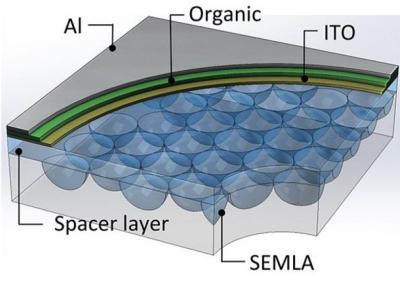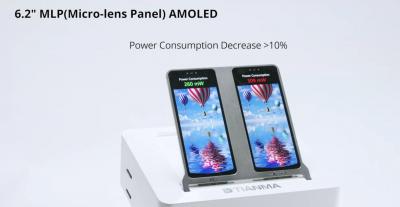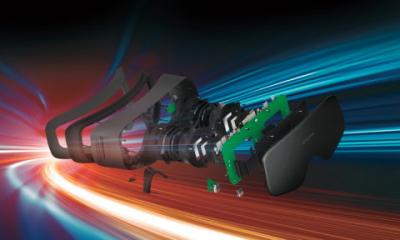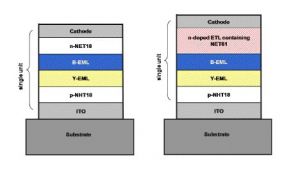TCL CSoT is deploying new OLED technologies at its production lines, including LTPO, micro lens and polarizer-free OLEDs
TCL (CSoT) announced that the company has finalized the development of several new OLED technologies, which has been deployed at the company's production lines.
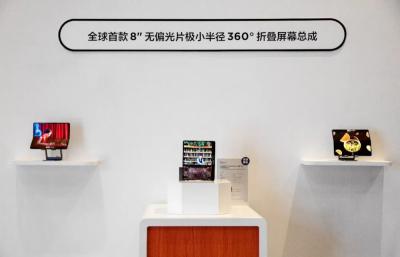
The first technology is LTPO, or Low-Temperature Polycrystalline Oxide, an OLED backplane technology developed originally by Apple. LTPO enables variable refresh rates, and TCL's technology can support a wide range of frequencies, from 1Hz to 144Hz.


